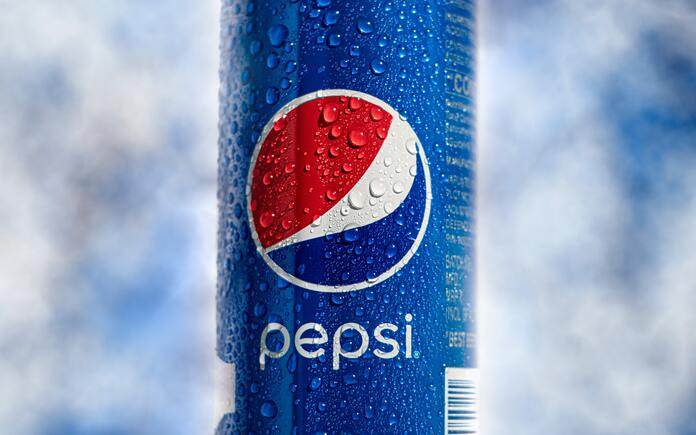PepsiCo (NASDAQ:PEP), one of the world’s leading food and beverage companies, has adjusted its revenue forecast for the year, citing slower sales in key markets such as the U.S. and China. With customers pushing back on price increases and shifting consumption patterns, the company’s sales forecast has been lowered from a projected 4% growth to the low single digits. This marks a significant shift for PepsiCo, which has seen years of substantial growth.
Subdued Performance in Key Markets
PepsiCo’s revised revenue forecast reflects ongoing challenges in its largest markets. In North America, sales volumes for its Frito-Lay snacks and beverages declined in the third quarter, with Frito-Lay volumes slipping by 1.5% and beverage sales down by 3%. The company attributes some of this underperformance to consumer pushback against rising prices. After years of steadily increasing prices, many consumers, especially in the U.S., have begun to cut back on purchasing non-essential snacks and drinks.
PepsiCo Chairman and CEO Ramon Laguarta explained that the company’s North American results were further impacted by a significant recall of Quaker Oats products, which affected sales during the quarter. Additionally, competition from healthier snack options has also impacted the performance of popular brands like Lay’s, Doritos, and Tostitos.
However, Laguarta highlighted that the company is working to address affordability issues by offering promotions, increasing product volume per package, and introducing value packs for some of its leading brands. This move is part of an effort to maintain market share in an increasingly competitive environment.
Global Sales and Market Challenges
Outside of North America, PepsiCo continues to see mixed results across different regions. While markets such as India and Brazil show strong growth, sales are slowing in China, Mexico, and parts of Europe. Globally, the company raised prices by 3% during the third quarter, but this led to a 2% drop in overall sales volume.
PepsiCo’s performance in China has been particularly concerning. The combination of price hikes and slower consumer spending has led to a significant drop in demand. China is a key market for PepsiCo, and the slowdown there reflects broader economic challenges that many companies are facing due to inflation and changing consumption patterns.
Price Increases and Consumer Pushback
Over the last few years, PepsiCo and other food and beverage companies have raised prices to offset rising operational costs. However, this strategy is beginning to encounter resistance from consumers. In the U.S., some lawmakers, including Senator Elizabeth Warren, have even accused companies like PepsiCo, Coca-Cola (NYSE:KO), and General Mills (NYSE:GM) of engaging in “price gouging” by reducing package sizes while maintaining higher prices. This strategy, often called “shrinkflation,” has drawn scrutiny from both consumers and regulatory bodies.
Despite these challenges, PepsiCo remains optimistic about its long-term growth prospects. CEO Ramon Laguarta highlighted that younger consumers continue to snack throughout the day, favoring smaller, more frequent meals. PepsiCo’s expansion into healthier product lines, including Smartfood popcorn and PopCorners, positions the company to meet the growing demand for health-conscious snacks.
PepsiCo’s Strategic Moves
To strengthen its position in the health and wellness market, PepsiCo recently announced a $1.2 billion acquisition of Siete Foods, a Mexican-American brand specializing in tortillas, salsas, sauces, and healthy snacks. This purchase reflects PepsiCo’s strategy to diversify its portfolio and tap into the rising demand for healthier, ethnic-inspired food options.
However, even with strategic acquisitions, the company’s overall growth has slowed. In the third quarter, PepsiCo’s revenue remained flat at $23.3 billion, falling short of Wall Street expectations of $23.8 billion. This flat revenue, combined with a 5% drop in net income to $2.9 billion, underscores the challenges the company is facing as consumer habits shift.
The Future Outlook for PepsiCo
Despite the recent downward adjustment to its revenue forecast, PepsiCo remains a dominant player in the global snack and beverage industry. Its investment in healthier brands and international markets suggests the company is preparing for future growth, even as it navigates current challenges.
PepsiCo’s shares remained steady in early trading following the announcement of the lowered forecast. While the company’s performance has been affected by price sensitivity and market volatility, long-term investors may still find value in PepsiCo’s strong brand portfolio and international reach.
In the coming months, all eyes will be on how PepsiCo adapts to evolving consumer preferences and how well its recent strategic moves will help improve its bottom line.
Featured Image: Unsplash









